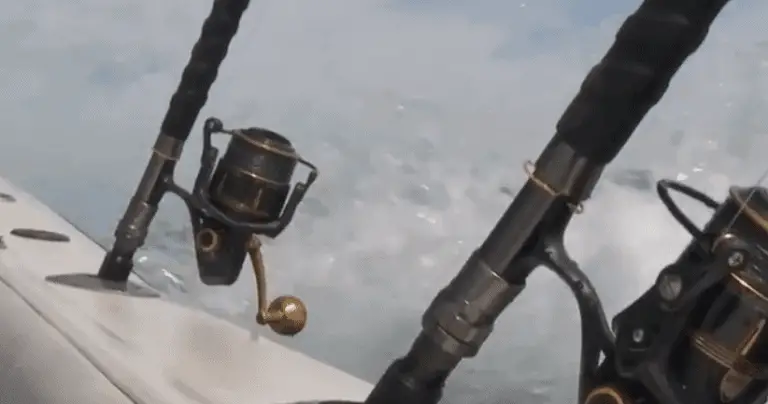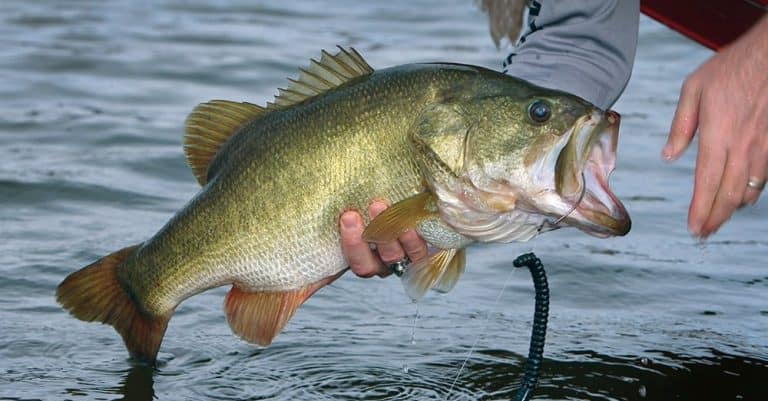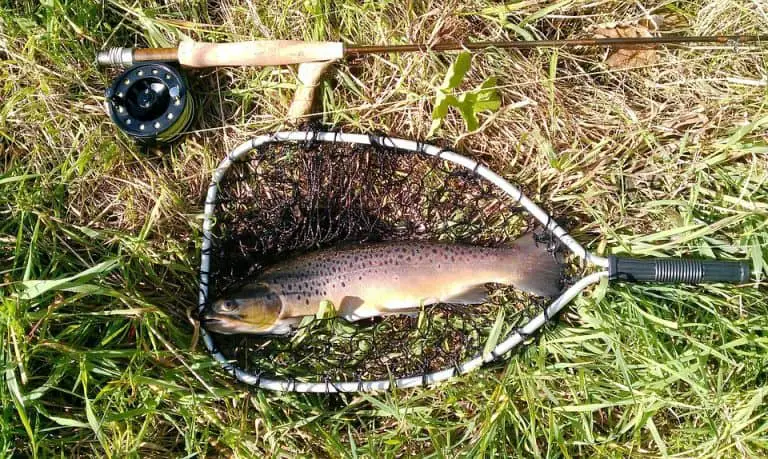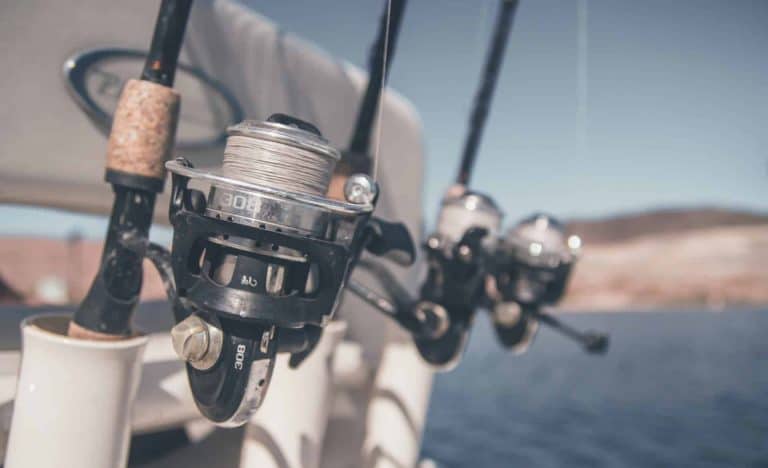How To Fix Birds Nest Baitcaster
Getting a bird’s nest in your baitcaster is probably one of the most annoying things to happen when you are out fishing. This happens to beginners and experienced fishers alike.
That being said, it does happen to inexperienced fishers more often, purely for the fact that it can be hard to know the tips and tricks needed if you don’t want to experience backlash from your caster
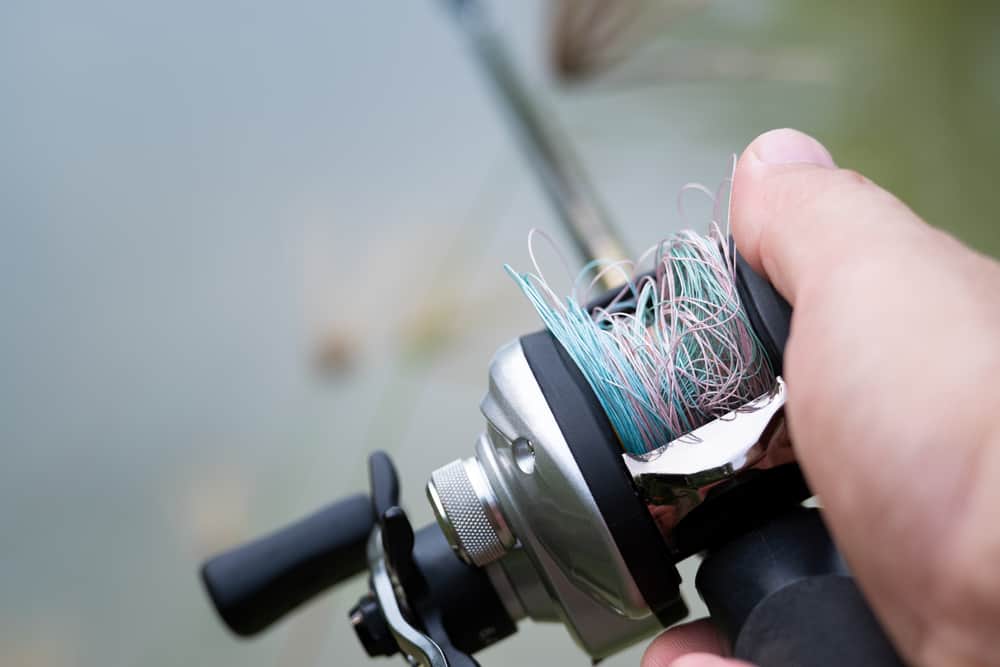
In this article, we will be exploring some of the ways you can untangle your bait caster when it gets tied up and resembles a bird’s nest. Don’t worry if it happens, it happens to the best of us, just follow our guide to help you put it right.
How do you untangle a Baitcaster nest?
Most people will tell you that the best way of untangling a bait caster nest is by reeling slowly and pressing the tangled line at the same time. This can work, sometimes, but will depend on the extent of the problem. Sometimes it can actually make matters worse!
First and foremost, it is super important that you take a deep breath and just relax. As annoying as it is, it is certainly nothing to stress about.
It doesn’t mean you are a bad fisher, it simply means things have just gotten a little out of hand. So, before you just throw the whole thing in the water, take a step back and chill out.
When you are feeling calm, take a look at your main line and try to locate the loop that is looped around the line itself.
Rather than pulling out the line on top of the reel, you should pull the loop that is wrapped around the main line. Pull it out to around 6 inches until it will not pull any longer. You should then grab your main line and pull it (this is above the reel).
Most of the time, following the guidance above will easily untangle your baitcaster nest. However, it may rarely fail. If it does fail you should repeat the process.
This is especially important if you find that there are a number of loops in the line. You will need to repeat the process until you find the loop that is causing the issue.
Another tip that we often recommend to fellow fishers is to carry a knitting needle with you when you go fishing.
As odd as this sounds, this is the perfect tool that you can add to your tackle box to have at your disposal when you experience a bird’s nest in your bait caster when out fishing.
Head over to your local craft or sewing shop and grab yourself a few knitting needles. They are perfect for grabbing onto those tight loops, especially if you have big fingers!
Do braided line birds nest?
Yes! We are sorry to tell you that you cannot get around bird’s nesting with a braided line. Braided fishing lines are just as prone to getting a bird’s nest as other types of lines.
The reason for this is because these braided lines can often collect loops of line that can be picked up, and thus cause an irregular release when you release the caster.
In turn, this can cause a bird’s nest to form, and result in you having to follow our advice in the section above to remedy your bird’s nest.
Another reason why braided line often experiences bird nesting is that it is, in general, a much more flimsy type of fishing line than others such as mono or fluoro lines. This means that it can fold back on itself more tightly when compared with the other two types of fishing lines.
Pulling your braided line when it is in a bird’s nest can sometimes work, but there is also a risk that it could make the situation worse.
In this case, you may need to follow our advice from the section above and use knitting needles to try and get into the loops to pull them out. Another option that can be very successful is to use a pair of tweezers.
How do you keep a Baitcaster from Birdnesting?
The best way to stop a baitcaster from getting into a tangle and causing a bird’s nest to form is by learning how you can prevent this from happening in the first place.
This means that you will need to learn how to do some essential actions such as ensuring that you know how to slow down the rotation of the spool when you are casting it.
To slow down the spool rotation there are three different actions you can take. These involve the spool tension, the braking system, and the pressure you put on it with your thumb.
You need to get all three of these components right before you can be sure that you are a pro at preventing bird’s nests from occurring.
You should also ensure that your centrifugal brakes are set correctly. Set them to maximum by opening the side plate of the bait caster you are using.
You should place the centrifugal brakes on the maximum number possible. You can do this by sliding all of them to their active position. This will reduce the distance at which you can cast, which will, in turn, prevent a bird’s nest from occurring when you cast your line out.
You should also ensure that the magnetic brakes on your bait caster are set correctly to prevent a bird’s nest from occurring. You can adjust this by locating the dial which is on the side of the reel.
As a beginner, you should keep this set at 50% or higher. This will, again, reduce your casting distance, therefore preventing back lash and a bird’s nest.
As your skills begin to improve and you master all of the three components we listed for ensuring you can prevent a backlash, you can gradually start to reduce these brake settings. Just don’t do it too soon!

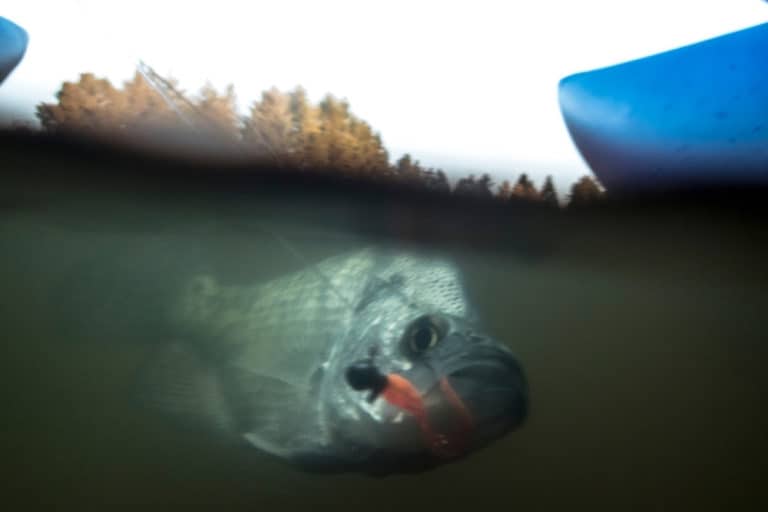
![Where To Buy A Fishing License [Interactive State Map]](https://watersportingadventure.com/wp-content/uploads/2021/03/where-to-buy-a-fishing-license-768x463.png)
